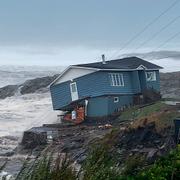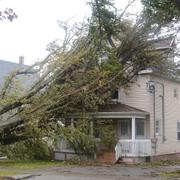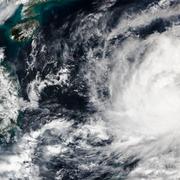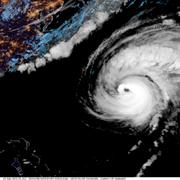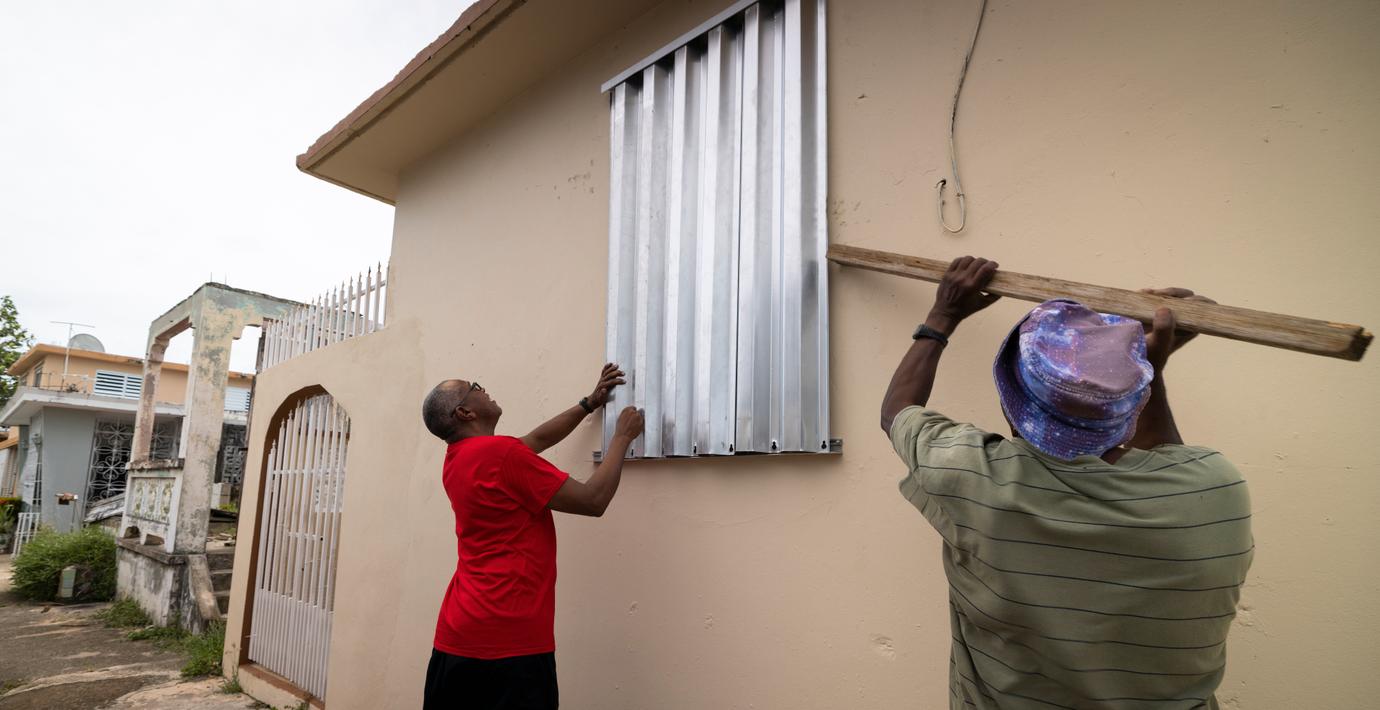
Puertoricanen Danny minns Maria: ”Alla har PTSD”
Orkanen Fiona har under söndagen nått Puerto Rico. Puertoricanen Danny Hernández säger till AP att han tänker på förödelsen efter orkanen Maria som orsakade stort lidande på ön 2017.
– Jag tror att alla puertoricaner som levde genom Maria har någon form av posttraumatisk stress, säger han.
Maria orsakade omkring 3 000 dödsfall och skador för över 91 miljarder dollar. Maria låg på nivå 4 på en femgradig skala och Fiona klassas just nu som en etta, men orkanen väntas öka i intensitet under måndagen och tisdagen.
bakgrund
Orkanen Maria
Wikipedia (en)
Hurricane Maria was a deadly Category 5 hurricane that devastated the northeastern Caribbean in September 2017, particularly Dominica, Saint Croix, and Puerto Rico. It is regarded as the worst natural disaster in recorded history to affect those islands. The most intense tropical cyclone worldwide in 2017, Maria was the thirteenth named storm, eighth consecutive hurricane, fourth major hurricane, second Category 5 hurricane, and deadliest storm of the extremely active 2017 Atlantic hurricane season. Maria was the deadliest Atlantic hurricane since Mitch in 1998, and the tenth most intense Atlantic hurricane on record. Total monetary losses are estimated at upwards of $91.61 billion (2017 USD), mostly in Puerto Rico, ranking it as the third-costliest tropical cyclone on record.
Maria became a tropical storm on September 16 east of the Lesser Antilles and rapidly intensified to Category 5 strength just before making landfall on Dominica on September 18. After crossing the island, Maria achieved its peak intensity with maximum sustained winds of 175 mph (280 km/h) and a pressure of 908 mbar (hPa; 26.81 inHg). On September 20, an eyewall replacement cycle weakened Maria to a high-end Category 4 hurricane by the time it struck Puerto Rico. Passing north of the Bahamas, Maria gradually degraded and weakened, swinging eastward over the open Atlantic and dissipating by October 2.
Maria brought catastrophic devastation to the entirety of Dominica, destroying housing stock and infrastructure beyond repair, and practically eradicating the island's lush vegetation. The neighboring islands of Guadeloupe and Martinique endured widespread flooding, damaged roofs, and uprooted trees. Puerto Rico suffered catastrophic damage and a major humanitarian crisis; most of the island's population suffered from flooding and a lack of resources, compounded by a slow relief process. The storm caused the worst electrical blackout in US history, which persisted for several months. Maria also landed in the northeast Caribbean during relief efforts from another Category 5 hurricane, Irma, which crossed the region two weeks prior.
The total death toll is 3,059: an estimated 2,975 in Puerto Rico, 65 in Dominica, 5 in the Dominican Republic, 4 in Guadeloupe, 4 in the contiguous United States, 3 in the United States Virgin Islands, and 3 in Haiti. Maria was the deadliest hurricane in Dominica since the 1834 Padre Ruíz hurricane and the deadliest in Puerto Rico since the 1899 San Ciriaco hurricane. This makes it the deadliest named Atlantic hurricane of the 21st century to date.
Omni är politiskt obundna och oberoende. Vi strävar efter att ge fler perspektiv på nyheterna. Har du frågor eller synpunkter kring vår rapportering? Kontakta redaktionen
